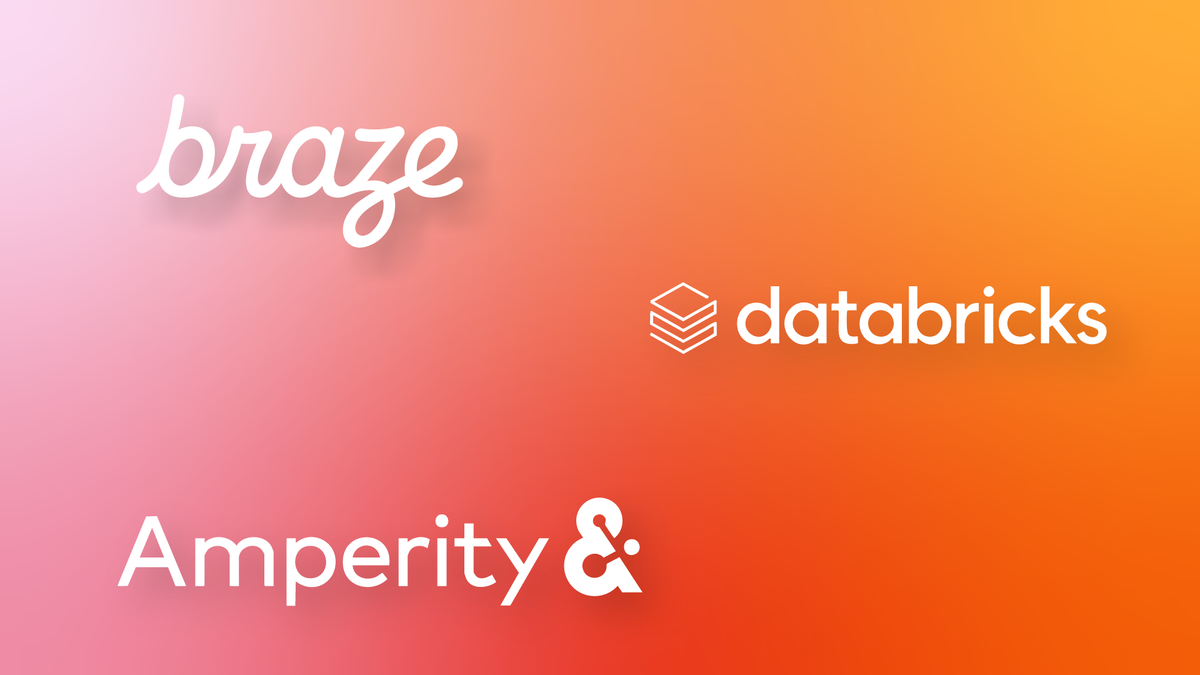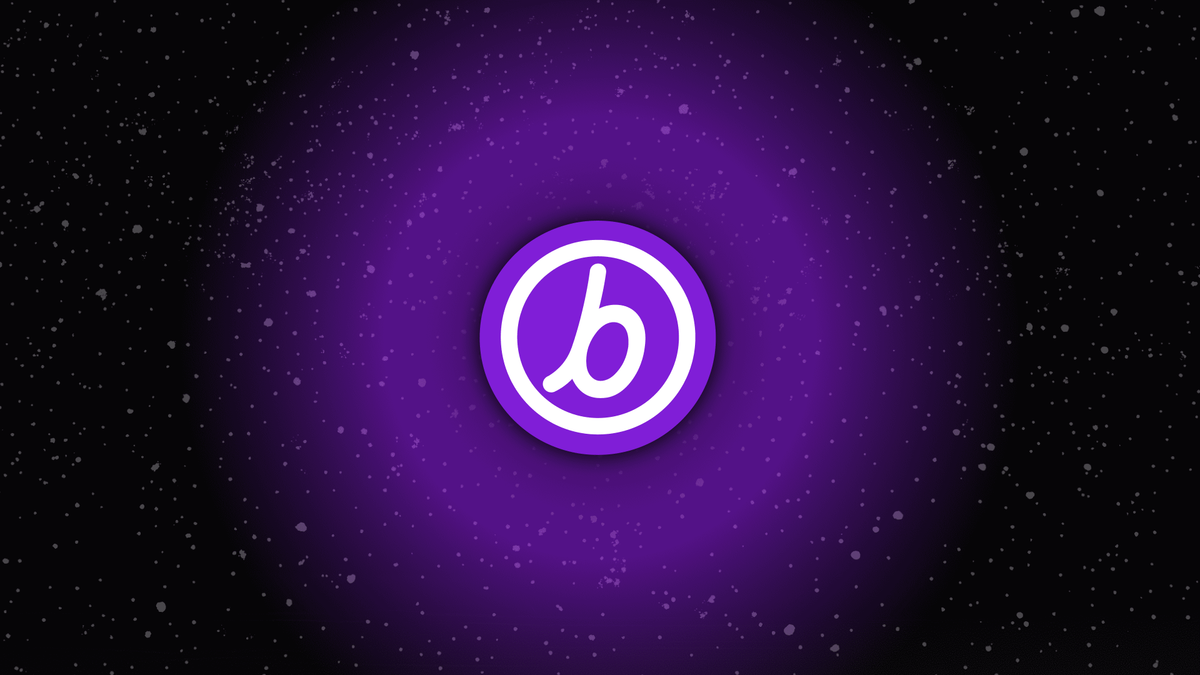RCS: The Swiss Army Knife of Your Marketing Strategy
Published on December 12, 2024/Last edited on December 12, 2024/7 min read


Lexie Haggerty
Senior Product Marketing ManagerThe marketing world is buzzing over what could be the next big marketing channel—Rich Communication Services (RCS). After Apple’s iOS 18 release took place in the fall of 2024, consumers (and marketers alike) started noticing subtle differences in their iPhone-to-Android texting experiences. All of the sudden, iPhone users could see read receipts, typing indicators, and receive higher-quality images from their Android friends (and visa versa). But the richer experiences don’t stop at peer-to-peer (P2P) RCS. With iOS 18.1, Apple also started supporting RCS Business Messaging, which allows brands to send RCS messages directly to their customers.
With RCS gaining traction as iPhone users update to the latest operating system (and because the protocol is already widely used amongst Android users), marketers are eager to learn more about this rich, versatile channel and how they can use it to create more engaging mobile marketing experiences. Let’s dive in to uncover:
- Why you should consider adding RCS to your marketing strategy
- Top use cases for this new channel
- How to incorporate RCS into your broader marketing mix
Why you should consider adding RCS to your marketing strategy
New channels come with hurdles—evolving technology, laws and regulations, and the need to develop a solid marketing plan that fits its capabilities. So how should you be thinking about your RCS strategy? Brands can think of RCS as SMS 2.0—all the benefits of SMS, with more of the bells and whistles that consumers have come to expect from mobile messaging experiences, thanks to native apps like iMessage and third-party apps like WhatsApp.
Let’s take a look at three key reasons why you should consider adding RCS to your marketing mix:
1. Rich, interactive campaigns

Unlike SMS (which is text only) and MMS (which only supports images and GIFs alongside text), RCS Business Messaging supports a variety of message types, including longer text messages (bye bye 160 character segments!), rich cards, and carousels. Within these robust message types, marketers can include rich media such as images, videos, and even files. RCS also supports conversational elements like suggested replies and actions, which make it easy for brands to facilitate conversational experiences with their customers (more on that later). This powerful combination of message types, rich media, and conversational elements makes the use cases for this channel nearly endless. Imagine a restaurant or delivery app using RCS carousels to show off top menu items or featured restaurants to create more seamless ordering experiences for users. Or a travel company leveraging suggested actions and replies to guide new users through their vacation booking flow without ever having to leave the text thread.
Key takeaway: If your brand has been trying to execute on a campaign using SMS and just can’t get it right, chances are the added capabilities of RCS can help you accomplish that use case and then some.
2. Stronger campaign performance
Unlike SMS, the RCS channel offers a key performance metric marketers have been hungry for—read analytics, which allows brands to understand the performance of their RCS campaigns more deeply. Understanding what’s working (and what’s not) can help you drive stronger results. In addition to helping marketers make better data-driven decisions, read analytics opens up some cool use cases not available on SMS. Imagine segmenting your customers based on how often they read your RCS messages in order to fine tune the frequency and content of your communications with them. Or imagine triggering a follow-up message to those that recently read your RCS message as part of a cross-channel campaign.
Key takeaway: Better analytics available on RCS will lead to stronger results—and the ability to create more authentic relationships with your customers.
3. Trusted brand experiences

Brands that want to send RCS need to go through a verification process with the carriers to ensure their business is legitimate. Once you get a Verified RCS Sender, which is similar to an alphanumeric number, you can display your brand name, logo, and a verification badge at the top of the message thread. This signals to your customers that the message is, in fact, from you —the brand they know and love! Displaying your brand name and logo can also help boost brand recognition and loyalty by keeping your brand top of mind. So how can you take advantage of this? If you’re in an industry dealing with more sensitive information, such as financial services, this verified and branded experience will be a gamechanger. But all industries will reap the benefits, since improved trust in the channel as a whole should lead to less ignored messages and better engagement rates.
Key takeaway: If there were campaigns you were hesitant to run on SMS because of lack of consumer trust in the channel, now is the time to re-evaluate!
RCS Use Cases
Because RCS offers so many message types and supports an array of rich media, it is well-suited for a variety of use cases across the customer lifecycle and can benefit brands looking to uplevel their activation, monetization, or retention strategies. Here’s a look at a few top use cases for RCS.
Promotions

The ability to display visually appealing carousels of images or rich cards with clear CTA buttons makes sales, seasonal promotions, and new feature announcements a no-brainer. If you’re a retail or eCommerce brand, consider carousels to show off multiple abandoned, back-in-stock, or buy-it-again items.
Transactional Campaigns
While it may be tempting to jump to rich campaigns with stunning visuals and buttons (which you should do!), RCS is also well-suited for transactional campaigns like order status updates and account reminders. The RCS channel has bifurcated pricing—one price for text-only RCS messaging, which is comparable to SMS, and a higher price for the richer message types and capabilities.
Key takeaway: If you’re considering shifting your SMS program to RCS, fear not. You can still send transactional messaging using RCS for a comparable rate to SMS.
Conversational Campaigns

Because RCS supports two-way messaging and has features like suggested actions and replies, it is ripe for conversational messaging. Consider using the channel to guide users through an onboarding flow with suggested actions. Or use replies to gather customer feedback through surveys. Not only can you expect to see higher conversion rates (compared to your standard in-app or web flows), but you’ll also improve customer satisfaction by creating quick, convenient mobile experiences that serve as an extension of your app or website. If you're in the financial services or media and entertainment industries—where collecting customer preferences and information during onboarding is critical to activating and retaining customers—consider using RCS for two-way messaging.
Conclusion
Consider RCS the new Swiss Army Knife in your marketing tool kit—a versatile channel that will help you accomplish a vast array of use cases. RCS offers all the benefits of a direct, personal channel like SMS with richer capabilities and message types to boost engagement and build deeper relationships with your customers.
Connect with Sales or reach out to your Braze account team today to learn more about RCS with Braze!
Forward Looking Statements
This blog post contains “forward-looking statements” within the meaning of the “safe harbor” provisions of the Private Securities Litigation Reform Act of 1995, including but not limited to, statements regarding the performance of and expected benefits from Braze and its products. These forward-looking statements are based on the current assumptions, expectations and beliefs of Braze, and are subject to substantial risks, uncertainties and changes in circumstances that may cause actual results, performance or achievements to be materially different from any future results, performance or achievements expressed or implied by the forward-looking statements. Further information on potential factors that could affect Braze results are included in the Braze Quarterly Report on Form 10-Q for the fiscal quarter ended October 31, 2024, filed with the U.S. Securities and Exchange Commission on December 10, 2024, and the other public filings of Braze with the U.S. Securities and Exchange Commission. The forward-looking statements included in this blog post represent the views of Braze only as of the date of this blog post, and Braze assumes no obligation, and does not intend to update these forward-looking statements, except as required by law.
Related Tags
Releated Content
View the Blog
1:1 AI-Powered Holiday Gifting Campaigns: How Amperity, Braze, and Databricks Make It Possible

Team Braze

The Million vs. Trillion Problem: Conceptualizing the Size and Scale of the Braze Platform

Andy Trevino

Seamlessly Deliver Content Across Your Marketing Channels with Braze and Contentful
